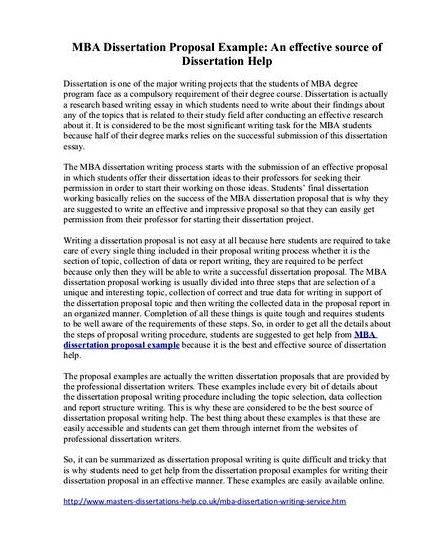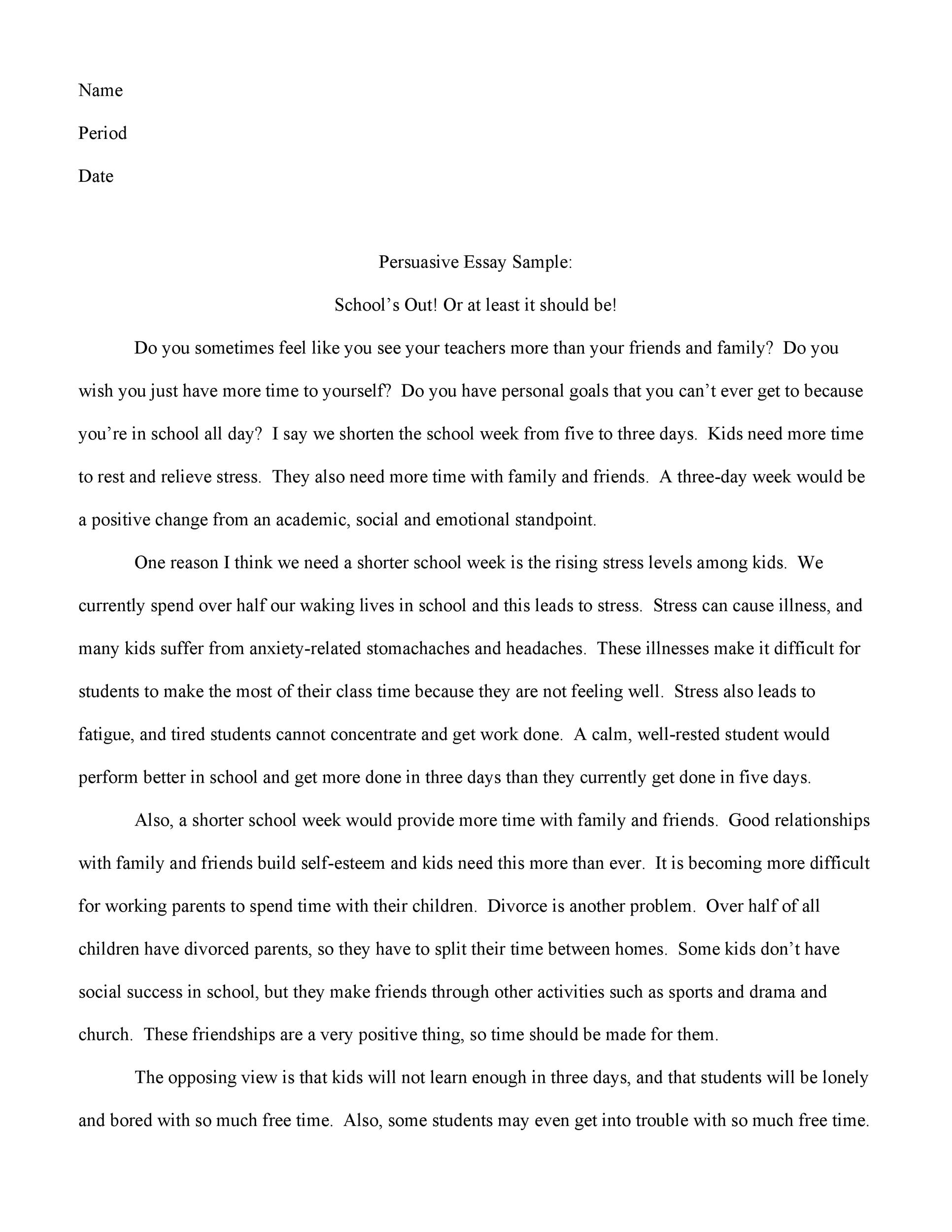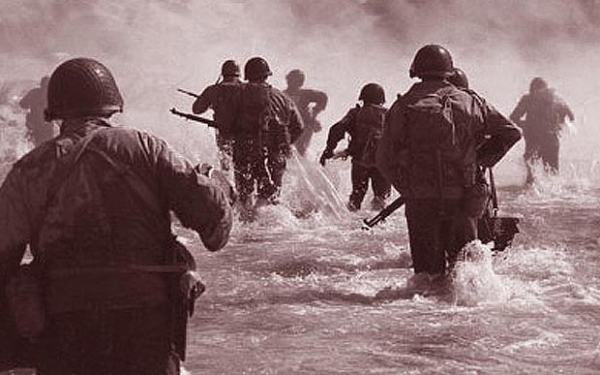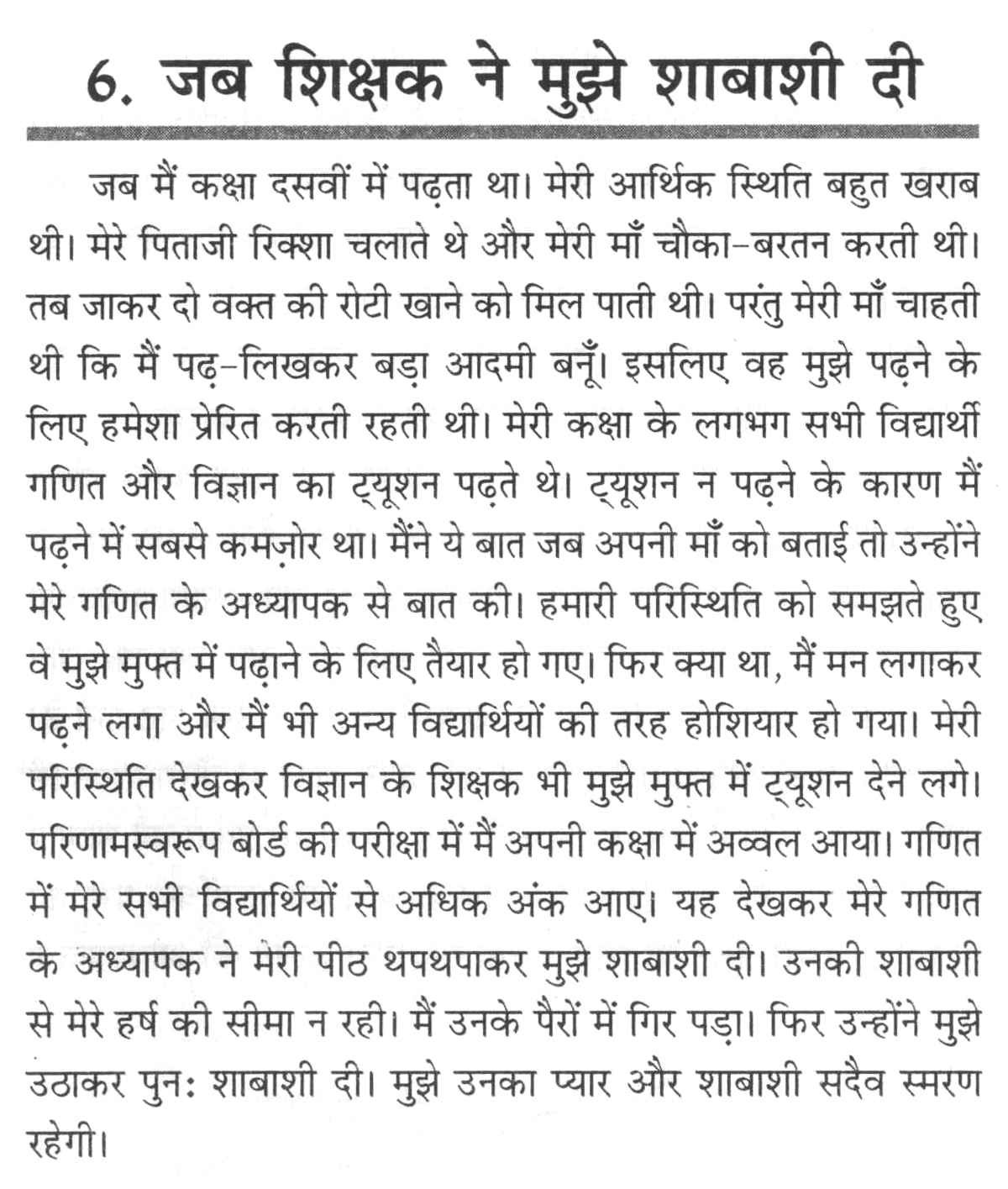How to use possessive apostrophes - BBC Bitesize.
So we go to visit the Smiths, the Kennedys, the Grays, etc.When a family name ends in s, x, ch, sh, or z, however, we form the plural by added -es, as in the Marches, the Joneses, the Maddoxes, the Bushes, the Rodriguezes. Do not form a family name plural by using an apostrophe; that device is reserved for creating possessive forms.
When Do I Make Plurals by Adding Apostrophe S? Questions You Asked. This issue is devoted to questions that you have asked. As a classroom teacher, I find that if one student has a question, the chances are pretty good that other students have the same question. Perhaps some of the questions and answers here will help you. Making Plurals with.

The plurals of last names are just like the plurals of most nouns. They typically get formed by adding -s. Except, that is, if the name already ends in s or z. Then the plural is formed by adding -es.

You’re going to want to add the letters ES to your last name to make it plural. In other words, Jane Gomez and Lydia Gomez become the Gomezes. Jim Felix and his wife and kids become the Felixes. And that family down the street who goes by English? They’re signing off on cards “Love.

The form of States, in contrast, is plural (singular state; plural states), even though the proper noun United States is singular. Plural forms ending in s take an apostrophe without a second s, whether the word is singular or plural: the United States’ reputation.

Rule: To show plural possession of a name ending in s, ch, or z, form the plural first; then immediately use the apostrophe.

What is the standard possessive form of names ending with 'S'? Lucas' or Lucas's? I've googled this and it seems like both are accepted as appropriate forms of the possessive form, but in terms of publishing, is there a standard?

There are sometimes several rules for names ending in 's' like Travis or virus. In this lesson, you will learn about the rules that apply, exceptions and which form is better to use in different.

The possessive of a plural noun is formed by adding only an apostrophe when the noun ends in s, and by adding both an apostrophe and s when it ends in a letter other than s.
An apostrophe is used in a possessive form, like Esther's family or Janet's cigarettes, and this is the use of the apostrophe which causes most of the trouble. The basic rule is simple enough: a possessive form is spelled with 's at the end. This rule applies in most cases even with a name ending in s: There are three types of exception.

To show possession when a noun ending in y becomes plural, write ies'. Do not write y's. Correct: three companies' policies Incorrect: three company's policies. Exception: Names and other proper nouns ending in y become plural simply by adding an s. They do not form their plurals with an apostrophe, or by changing the y to ies.

Are names that end in -es an exception? Generally, no. As you say, proper nouns are usually made plural the same way as common nouns. However, with certain proper nouns that end in a voiced s sound (i.e. a z sound), nothing is added when making them plural. This rules seems to hold true more often than not, but it's ultimately a matter of convention, and there doesn't seem to be any a priori.

Apostrophes with Names Ending in s, ch, or z. Are you confused about how to show the plural and the possessive of certain names? Maybe you know to write I met the Smiths, I drove Brenda Smith's Ferrari, and I visited the Smiths' house.But what if the name is Sanchez or Church or Williams?. Rule: To show the plural of a name that ends in s, ch, or z, add es.



